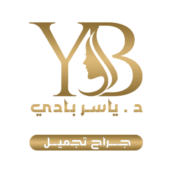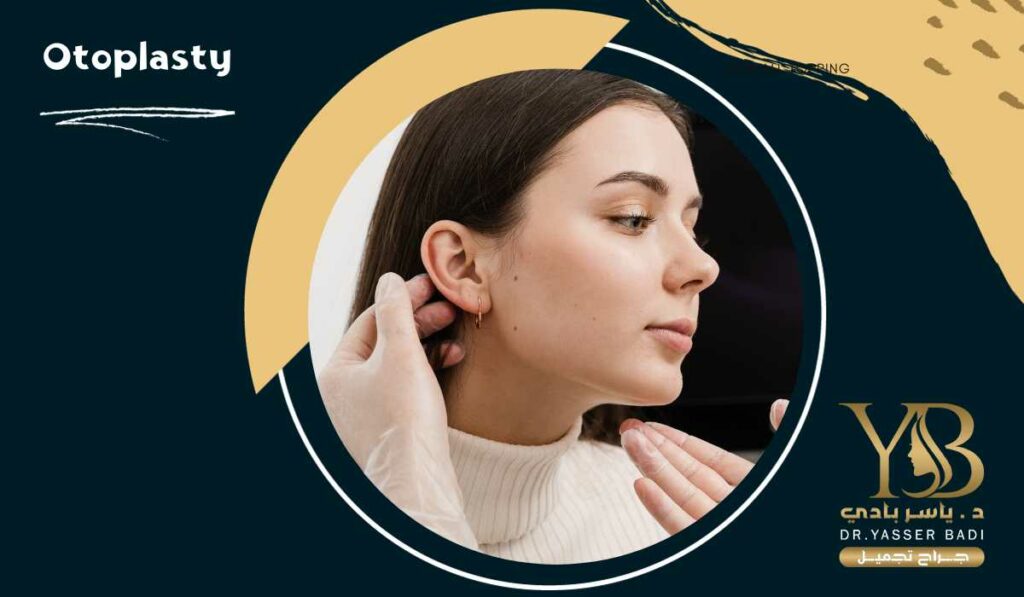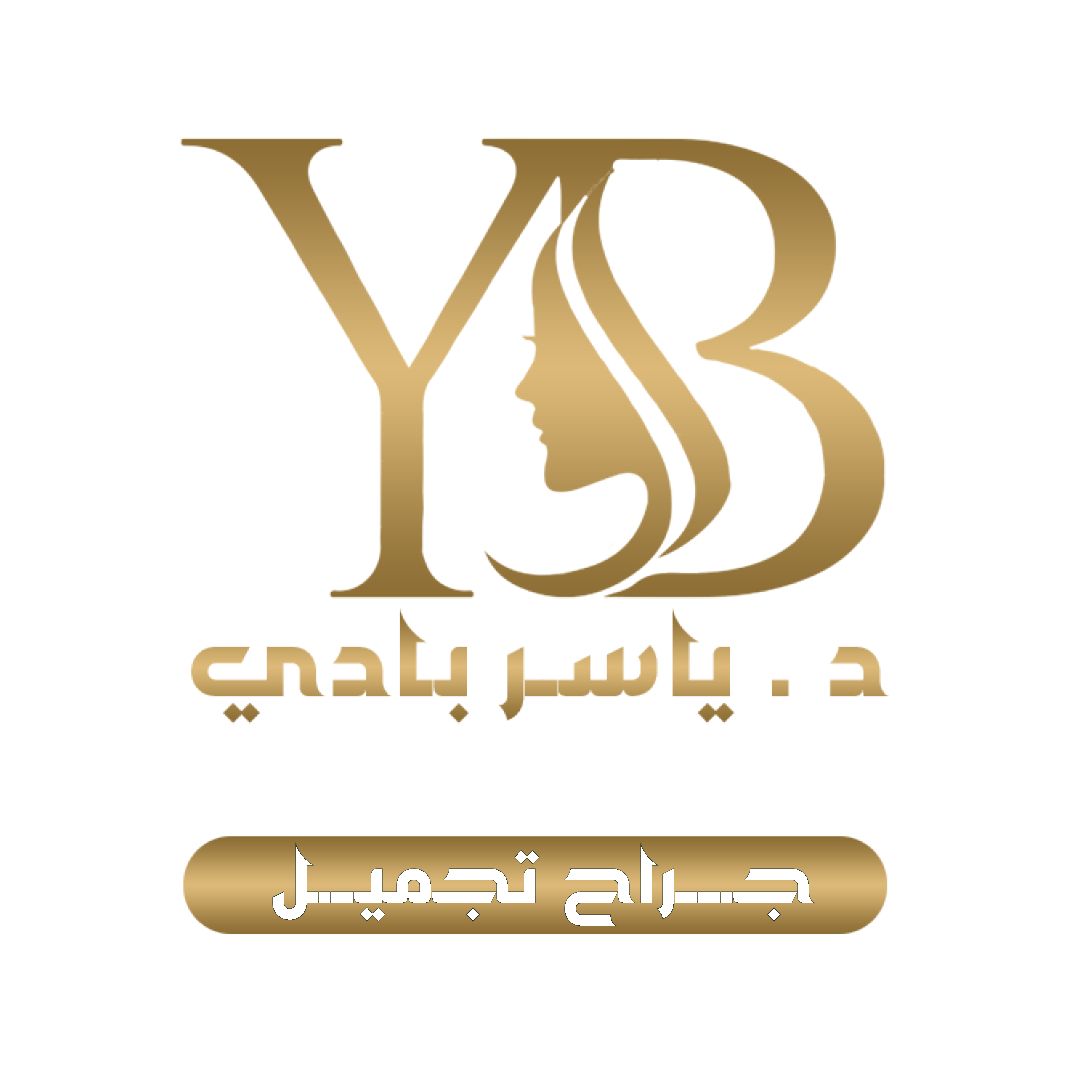Otoplasty is one of the common and innovative cosmetic surgeries, as modifying the shape and appearance of the ear leads to a major transformation in a person’s appearance and enhances his confidence and psychological comfort. Otoplasty is a precise technical procedure that aims to reshape the ear in a way that suits the facial structure and meets the personal desires, as the best plastic surgeon in Alexandria, confirms that whether the ear is very long, deformed, or has genetic deformities and defects, ear plastic surgery gives people the opportunity to obtain symmetrical and beautiful ears that enhance their attractiveness.
عناصر المقال
ToggleOtoplasty
Otoplasty is a surgical or non-surgical operation that aims to improve the shape and appearance of the ear. This operation is common among people who suffer from defects in the shape of the ear, such as a protruding ear, a distorted ear, or a very long ear. Otoplasty aims to reshape it and make it fit properly better with facial structure and improve overall aesthetics. This procedure requires surgical experience and high skill to achieve optimal results. Therefore, if you are considering undergoing ear plastic surgery you should consult a qualified and specialized plastic surgeon to evaluate your condition and direct you to the most appropriate suitable procedure.
Types of Otoplasty
Dr. Yasser Badi, the best plastic surgeon in Alexandria, explains that many different procedures are available for ear beautification, including:
Prominent ear plastic surgery
During this procedure, the ear cartilage is reshaped to reduce its prominence and make it fit better with the face.
Ear reduction
This procedure is used to reduce the size of the ear if it is disproportionately large with the rest of the face.
Correction of deformed ears
This procedure aims to repair deformed ears due to genetics, previous injury, or surgery.
Ear crease plasticity
This procedure is suitable in cases when the ear has excess natural creases due to age or genetic factors. This procedure aims to get rid of these creases and achieve a smoother, more youthful ear appearance.
What are the most important questions to ask your plastic surgeon before performing otoplasty?
Before performing ear plastic surgery, Dr. Yasser Badi will explain some important questions that must be asked to your doctor, which are the following:
- What are the expected results of ear plastic surgery? Can you attach pictures illustrating the expected results?
- What technique is used in ear plastic surgery? What are its risks and benefits?
- What is the expected duration of the operation and recovery period?
- Are there specific instructions or guidelines that must be followed before the operation?
- What techniques and tools are used in the process?
- Are there any possible complications from the operation?
- What is the necessary care after the operation? How long will full recovery take?
- Are there any special recommendations after the operation?
- What is the cost of the operation and is it covered by health insurance?

Otoplasty techniques
There are several different methods through which ear plastic surgery is performed, and the appropriate method varies depending on the desired result and the specific problem. Below are some common methods of ear beautification:
Beautification of the outer ear
This method can be used to improve the shape of the outer ear, such as changing the shape of the cochlea or reducing the extended ear. This is usually done through a plastic surgical procedure to modify the bone and cartilage structure of the ear
Reshaping the central knot
If there is a large central knot or an asymmetrical protrusion, the central knot can be beautified to obtain a symmetrical and balanced shape.
Otoplasty
This cosmetic surgery includes modifying the shape of the inner ear, such as reducing or modifying the size of the inner ear to obtain a more harmonious and beautiful appearance.
Ear transplantation
If the ear is partially or completely missing, the ear transplantation procedure can be used to reconstruct the missing ear using cartilage from another source in the body, such as the ribs. This surgery is complex and requires extreme skill.
Scar removal
If there are visible scars on the ear, laser or surgical techniques can be used to reduce the appearance of scars and improve the texture of the skin.
Otoplasty with threads
Thread otoplasty is a very popular fast solution to fix the shape of the ear at a lower cost. However, there are some reasons why it is not suitable for all cases, such as:
- Although ear threading provides temporary results, it may cause problems in the future, as the remaining threads behind the ear can be visible and the patient may feel uncomfortable with them.
- Deformation of the ear cartilage may occur due to the tension resulting from pulling the thread too tightly, which affects the overall shape of the ear.
- Although reoperation can be a problem with traditional protruding ears, it is greatly increased with ear thread surgery.
- The shape of the ear may return to its original state due to the instability of the thread used.
- In cases of protruding ears, excess ear cartilage should be removed instead of simply tightening the ear with thread, as achieving optimal results requires performing a traditional protruding ear operation that includes precise modification and shaping of the cartilage.
What are the common symptoms that can occur after otoplasty?
After ear plastic surgery, some common and temporary symptoms may appear. Below, the best plastic surgeon explains some of the symptoms that may occur:
- You may feel some pain and swelling in the area of the operated ear after surgery, but the swelling and pain can subside as time passes and the wound heals.
- Feeling temporary changes in the sensitivity of the affected ear. The ear may also be sensitive, itchy, or numb. These symptoms last for a few weeks before gradually disappearing.
- Notice changes in the shape of the treated ear, such as swelling or a change in texture. These changes are usually temporary and fade over time as the wound heals.
- Some bruises may appear around the surgical area but do not be afraid, as bruises are considered normal and temporary and usually disappear during the healing period.
- In some rare cases, small cuts or fluid may leak from the wound. If this happens, you should contact your doctor for additional instructions.
Methods of care after otoplasty
After performing ear plastic surgery, it is important to carefully follow the instructions of the best plastic surgeon to take good care of the ear and ensure proper healing and recovery. Therefore, the following are some tips and instructions that Dr. Yasser Badi provides after performing otoplasty:
- A bandage must be placed on the operated ear to protect and stabilize it after the procedure, so you must follow the doctor’s instructions regarding changing and cleaning the bandage regularly.
- Keep the operated ear clean after the procedure. You can use sterile saline to gently clean the wounds as directed by your doctor.
- Avoid activities that require pressure on the inner ear or cause stress, such as sleeping on the affected side, lifting heavy weights, or engaging in intense sports activities.
- Adhere to all of your physician’s instructions regarding taking prescribed medications, the timing of scheduled follow-up appointments, and any additional care you need.
- Avoid direct exposure to sunlight on the operated ear during the healing period. You must also use a strong sunscreen and protect the ear from direct exposure to sunlight.


